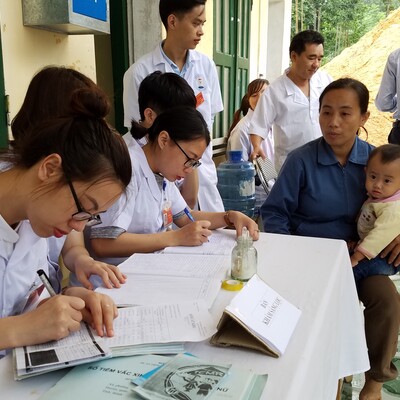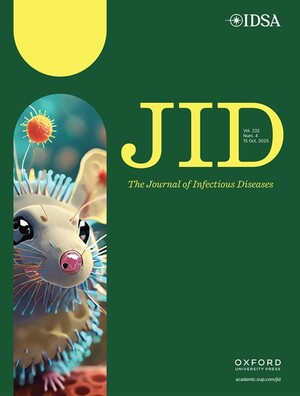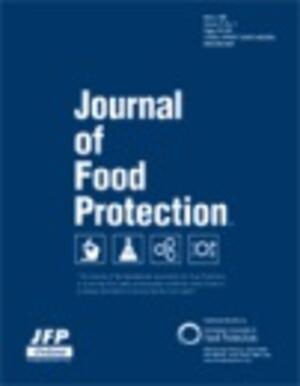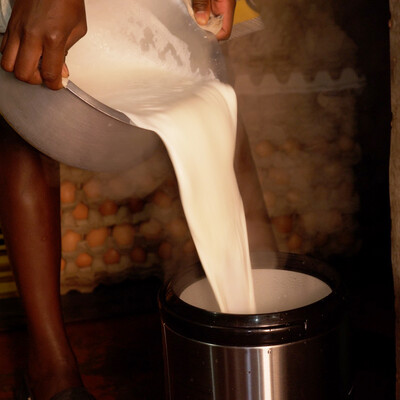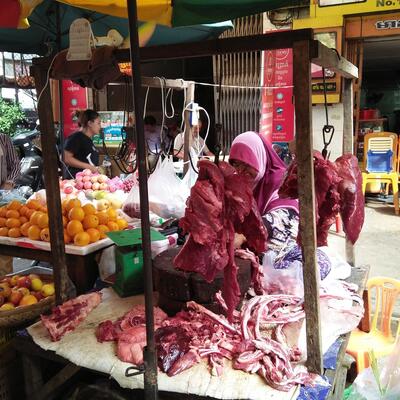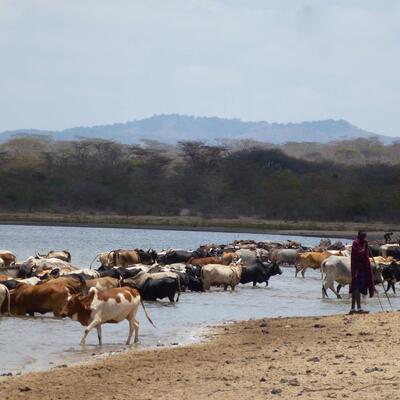
Aflatoxin-related health risk for milk consumers in rural and peri-urban areas in Burkina Faso
The aim of the project is to assess aflatoxin-related health risk in rural and peri-urban dairy value chains in Burkina Faso. The project contributes to the country’s plans to grow and modernize dairy production and marketing.
Milk and dairy products are a key source of essential nutrients, but they are also greatly vulnerable to contamination with microorganisms and chemicals that can cause illness in people. The high levels of aflatoxins in milk reported in various African countries, with their carcinogenic effect and suggested association with chronic malnutrition in children, show the importance of understanding the amount of such hazards in dairy products and identifying steps along the dairy supply chain where such levels can be reduced.
The project will survey traditional rural extensive and semi-intensive peri-urban dairy systems in Burkina Faso. The main dairy value chains will be mapped to describe the milk supply processes and actors. Samples of animal feeds and milk will be collected in dairy farms and tested for presence of aflatoxins and two milk-borne pathogens to determine the prevalence of these health hazards in both value chains. Lastly, quantitative risk assessment will be used to estimate the aflatoxin-related health risk associated with liquid milk intake.
Objectives
- Map the dairy value chains operating in rural areas in Burkina Faso and in peri-urban Ouagadougou.
- Determine the presence of milk-borne pathogens in milk consumed in rural and urban settings.
- Assess the aflatoxin contamination in dairy cattle feed and milk in dairy production systems.
- Estimate the aflatoxin-related health risk for rural and urban consumers of liquid milk, with a focus on children under five years of age and pregnant and lactating women.
Expected outcomes
The project will generate primary evidence on aflatoxin contamination levels in feed and milk in peri-urban and rural dairy systems in Burkina Faso and their health implications for dairy consumers. It will also provide improved understanding of the rural and urban dairy value chains operating in the country and of points of leverage for improved milk quality and safety.








